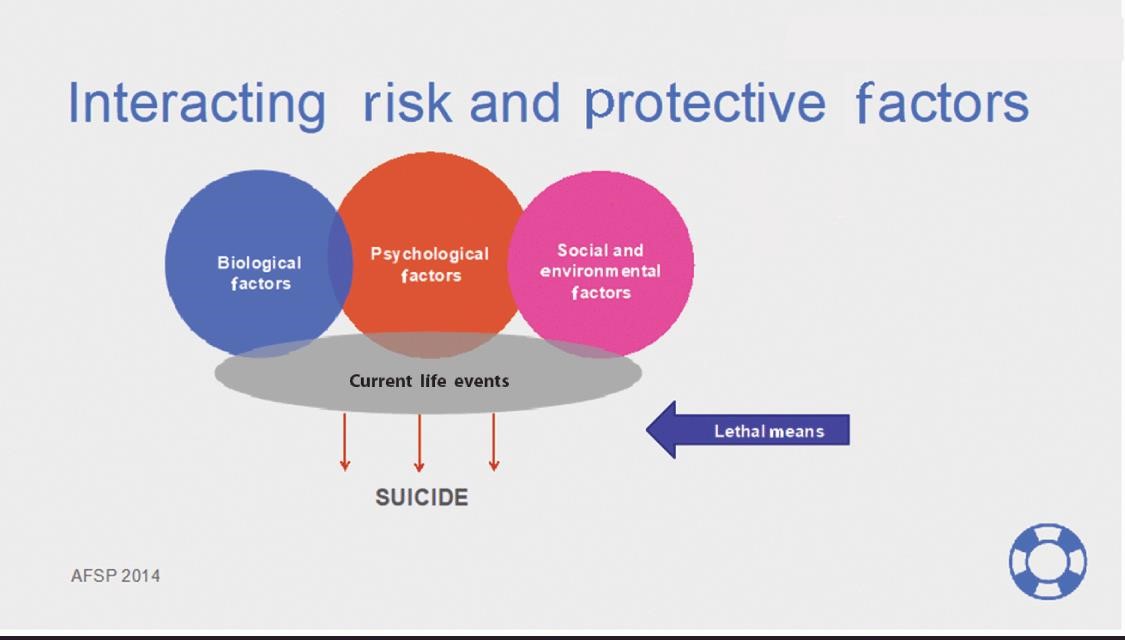Mark which behaviors might be related to alcohol intoxication, acute phase of rape- trauma syndrome, or both. Tick only 1 box.
Numbness
Poor decision making
Crying
Disbelief
Irritability
The Correct Answer is {"A":{"answers":"B"},"B":{"answers":"A"},"C":{"answers":"c"},"D":{"answers":"A"},"E":{"answers":"A"}}
Numbness: Rape-trauma syndrome: Numbness can be a symptom of the acute phase of rape trauma syndrome, where individuals may experience emotional detachment or a sense of being emotionally overwhelmed.
- Poor decision making: Alcohol intoxication: Poor decision making is a common symptom of alcohol intoxication due to impaired judgment and cognitive function caused by alcohol consumption.
- Crying: occurs in both alcohol intoxication and rape-trauma syndrome. Crying is a common emotional response during the acute phase of rape-trauma syndrome as individuals may experience intense feelings of sadness, fear, or helplessness. Crying may also occur in individuals experiencing alcohol intoxication, especially if they become emotionally overwhelmed or as a result of disinhibition caused by alcohol consumption.
- Disbelief: Disbelief or denial is a typical reaction in the acute phase of rape-trauma syndrome as individuals may struggle to come to terms with the reality of the traumatic event. - Irritability: Irritability can result from alcohol intoxication due to its effects on mood regulation and inhibition.
- Difficulty concentrating: Difficulty concentrating is a common symptom of alcohol intoxication due to its sedative effects on cognitive function. Individuals in the acute phase of rape-trauma syndrome may also experience difficulty concentrating as a result of heightened emotional arousal and intrusive thoughts related to the traumatic event.
Nursing Test Bank
Naxlex Comprehensive Predictor Exams
Related Questions
Correct Answer is C
Explanation
A. Prochlorperazine is an antiemetic and antipsychotic medication used to treat nausea, vomiting, and psychotic disorders, but it is not indicated for the treatment of delirium tremens. B. Hydromorphone is an opioid analgesic and would not be appropriate for the treatment of delirium tremens.
C. Lorazepam is a benzodiazepine medication commonly used to manage alcohol withdrawal symptoms, including delirium tremens.
D. Chlorpromazine is an antipsychotic medication primarily used to treat psychotic disorders and would not be the first-line choice for managing delirium tremens.
Correct Answer is C
Explanation
A. While the loss of a significant other can be a risk factor for suicide, retired older males may have developed coping mechanisms over time that could mitigate the risk.
B. While working in a pediatric emergency department can be stressful, it does not necessarily indicate a higher risk for suicide compared to other factors such as personal life stressors or mental health issues.
C. Adolescents experiencing significant life changes such as parental divorce are at increased risk for suicide due to the emotional upheaval and lack of coping skills typical of this age group.
D. While being a single working mother with three preschool-aged children can be stressful, it does not inherently indicate a higher risk for suicide compared to other factors such as social support, coping mechanisms, and mental health status.

Whether you are a student looking to ace your exams or a practicing nurse seeking to enhance your expertise , our nursing education contents will empower you with the confidence and competence to make a difference in the lives of patients and become a respected leader in the healthcare field.
Visit Naxlex, invest in your future and unlock endless possibilities with our unparalleled nursing education contents today
Report Wrong Answer on the Current Question
Do you disagree with the answer? If yes, what is your expected answer? Explain.
Kindly be descriptive with the issue you are facing.
